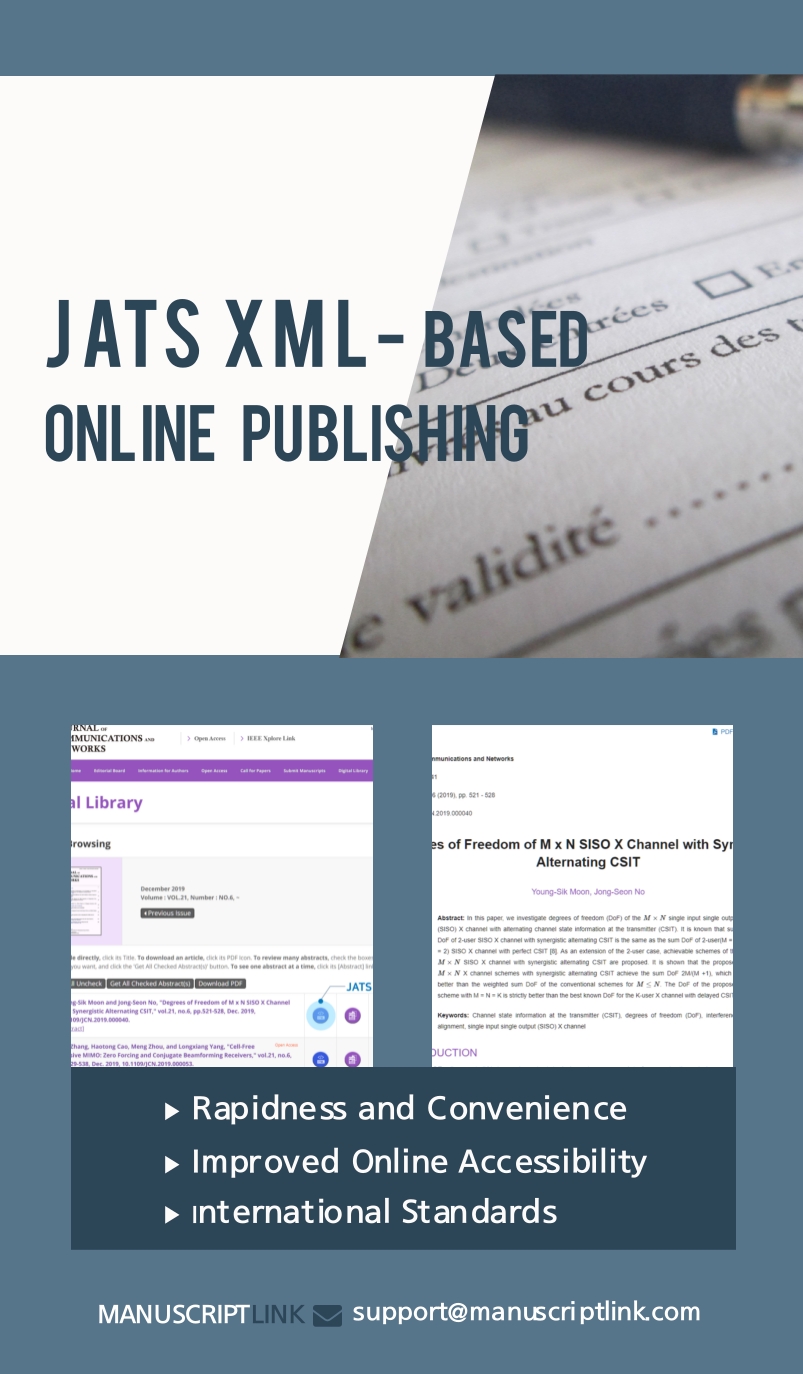35th ROME Global Conference on Advanced Computing, Engineering & Cybersecurity (ACEC-25)
ACEC-25
- URL: https://iceeat.heaig.org/conference/339
- Event Date: 2025-10-01 ~ 2025-10-03
- Submission Date: 2025-09-19
- Organizer: ICEEAT
- Location: Rome, Italy
Computational Linguistics Computer Graphics Computer Hardware Design Computer Networks & Wireless Communication Computer Security & Cryptography Computer Vision & Pattern Recognition Engineering & Computer Science (General) Materials Engineering Power Engineering
Call for papers
Topics of interest for submission include any topics on:
I. Advanced Computing:
- High-Performance Computing (HPC):
- Exascale and post-exascale computing architectures.
- Heterogeneous computing (CPU-GPU, FPGA).
- Energy-efficient HPC and green computing.
- Applications of HPC in various engineering disciplines (e.g., computational fluid dynamics, structural analysis, materials science).
- Advanced numerical algorithms and simulations.
- Data management and visualization for large-scale simulations.
- Quantum Computing:
- Quantum algorithms and their potential applications in engineering and cybersecurity (e.g., optimization, materials design, cryptography).
- Quantum hardware development (superconducting qubits, trapped ions, photonic qubits, etc.).
- Quantum error correction and fault-tolerant quantum computing.
- Quantum simulation of physical and chemical systems.
- Hybrid quantum-classical computing approaches.
- Neuromorphic Computing:
- Brain-inspired computing architectures and their applications.
- Spiking neural networks and event-based processing.
- Hardware implementations of neural networks.
- Energy efficiency in neuromorphic systems.
- Applications in AI, robotics, and sensor processing.
- Edge Computing and IoT:
- Architectures and platforms for edge intelligence.
- Federated learning on edge devices.
- Real-time data processing and analytics at the edge.
- Security and privacy challenges in edge and IoT environments.
- Applications in smart cities, industrial IoT, and autonomous systems.
- Cloud Computing:
- Serverless computing and function-as-a-service (FaaS).
- Containerization and orchestration (Docker, Kubernetes).
- Hybrid and multi-cloud strategies.
- Cloud-native application development.
- Security and compliance in cloud environments.
- AI and machine learning services in the cloud.
- Advanced Architectures and Algorithms:
- Reconfigurable computing.
- In-memory computing.
- Approximate computing.
- Bio-inspired computing.
- Novel data structures and algorithms for large-scale data processing.
II. Engineering:
- AI and Machine Learning in Engineering:
- AI for design and optimization.
- Predictive maintenance using machine learning.
- AI in robotics and automation.
- Computer vision for inspection and quality control.
- Natural language processing for engineering documentation and collaboration.
- Digital twins for simulation and monitoring.
- Robotics and Automation:
- Human-robot interaction and collaboration (cobots).
- Autonomous mobile robots (AMRs) and their applications.
- Soft robotics and bio-inspired robotics.
- Advanced control systems for robots.
- Robotics in manufacturing, healthcare, agriculture, and logistics.
- Advanced Materials and Manufacturing:
- Smart materials and metamaterials.
- Additive manufacturing (3D printing) for advanced applications.
- Nanomaterials and nanotechnology in engineering.
- Sustainable materials and green manufacturing.
- Advanced composites.
- Cyber-Physical Systems (CPS):
- Design and analysis of integrated computational and physical systems.
- Real-time control and embedded systems.
- Sensor networks and data acquisition.
- Applications in smart infrastructure, transportation, and energy systems.
- Security considerations for CPS.
- Sustainable Engineering:
- Renewable energy systems and integration.
- Energy efficiency and conservation.
- Waste management and circular economy principles.
- Environmental monitoring and remediation.
- Sustainable infrastructure development.
- Biomedical Engineering:
- Bioinformatics and computational biology.
- Medical imaging and analysis.
- Bioprinting and tissue engineering.
- Wearable sensors and health monitoring devices.
- Neural engineering and neuroprosthetics.
III. Cybersecurity:
- Artificial Intelligence in Cybersecurity:
- AI-powered threat detection and analysis.
- Machine learning for anomaly detection and intrusion prevention.
- AI for security automation and orchestration (SOAR).
- Adversarial AI and defense against AI-powered attacks.
- Network Security:
- Next-generation firewalls and intrusion detection/prevention systems.
- Software-defined networking (SDN) security.
- Wireless network security (5G and beyond).
- Network forensics and incident response.
- Zero-trust architectures and micro-segmentation.
- Data Security and Privacy:
- Advanced encryption techniques (including post-quantum cryptography).
- Data loss prevention (DLP) and data governance.
- Privacy-enhancing technologies (PETs).
- Compliance with data privacy regulations (e.g., GDPR).
- Secure data storage and management in the cloud.
- Identity and Access Management (IAM):
- Multi-factor authentication (MFA) and biometrics.
- Role-based access control (RBAC) and attribute-based access control (ABAC).
- Identity federation and single sign-on (SSO).
- Decentralized identity solutions.
- Cybersecurity for Critical Infrastructure:
- Industrial control systems (ICS) and operational technology (OT) security.
- Security of smart grids and energy systems.
- Transportation cybersecurity.
- Water and wastewater infrastructure security.
- Emerging Threats and Attack Vectors:
- Ransomware and extortion attacks.
- Supply chain security.
- Social engineering and phishing attacks.
- Insider threats.
- Deepfakes and disinformation.
- Quantum computing threats to cryptography.
- Cybersecurity Governance, Risk, and Compliance (GRC):
- Cybersecurity frameworks and standards (e.g., NIST, ISO 27001).
- Risk assessment and management.
- Cybersecurity audit and compliance.
- Legal and ethical aspects of cybersecurity.
Overlapping and Interdisciplinary Topics:
- Security of AI/ML systems.
- Secure edge computing and IoT deployments.
- Privacy-preserving machine learning.
- Hardware security and trusted execution environments.
- Formal verification for security.
- Explainable AI for security analysis.
- Cybersecurity in autonomous systems and robotics.















